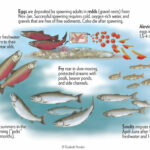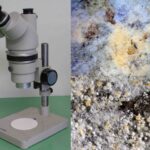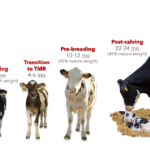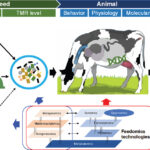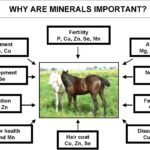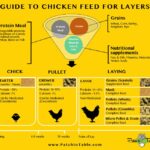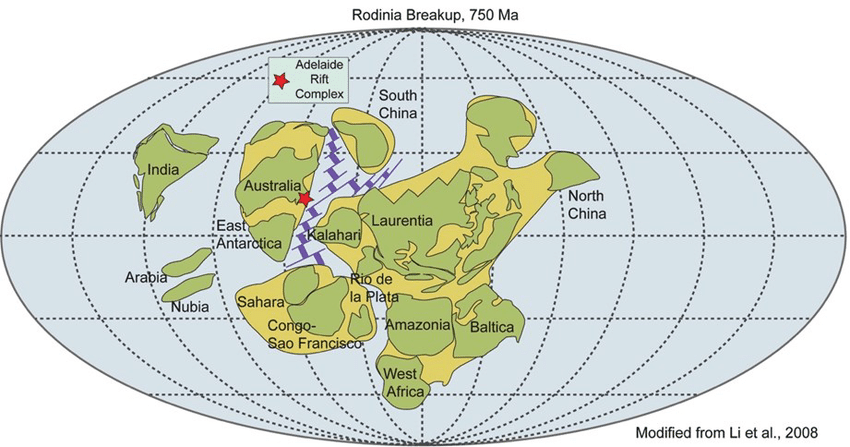An invasive species is any nonnative organism that significantly alters or disrupts the ecosystems it colonizes. While some species migrate naturally, human activities such as global commerce and the pet trade have become the primary means by which invasive plants, animals, microbes, and other organisms are transported to new habitats.
Most introduced species fail to establish long-term populations due to a lack of necessary evolutionary adaptations. However, some species possess inherent competitive advantages that allow them to thrive in new environments. In the absence of natural predators, these species can reproduce and spread rapidly, leading to ecological disruptions. This often results in decreased biodiversity and economic harm to communities that rely on native ecosystems for their livelihoods. Invasive species may directly prey on native species, deplete vital resources, or serve as vectors for diseases, all of which can contribute to the decline or extinction of indigenous populations.
Notable Invasive Species
1. The Burmese Python (Python bivittatus): Native to Southeast Asia, the Burmese python has become a dominant predator in the wetlands of southern Florida, particularly the Everglades. The introduction of this species was partly due to pet owners releasing unwanted pythons into the wild, as well as pet store damage caused by Hurricane Andrew in 1992. With few natural predators, these large snakes pose a significant threat to native species such as the Key Largo wood rat and the wood stork, leading to population declines.
2. The Brown Rat (Rattus norvegicus): Originating in northeastern China, the brown rat has spread worldwide, particularly throughout the Pacific Islands, due to human exploration and trade. This rodent preys on native birds, reptiles, and amphibians, leading to the decline of various indigenous species. The introduction of domesticated animals such as dogs, cats, and pigs—many of which have also become invasive—has further accelerated the loss of native fauna.
3. Invasive Species in Australia and Oceania: Australia and nearby Pacific islands have been particularly affected by invasive species. European explorers introduced feral cats and rats, while settlers brought the European wild rabbit (Oryctolagus cuniculus) in 1827, which led to severe habitat degradation. To control the rabbit population, the red fox (Vulpes vulpes) was introduced in the 1850s, but it instead caused severe declines in native marsupial and rodent populations.
Another significant case is the cane toad (Rhinella marina), which was introduced in the 1930s from Hawaii to control beetles affecting sugarcane crops. However, the cane toad became a destructive force, preying on native species and poisoning predators that attempted to consume it. Invasive plants such as the giant sensitive tree (Mimosa pigra) and Surinam cherry (Eugenia uniflora) have also disrupted native ecosystems by outcompeting local flora.
4. The Brown Tree Snake (Boiga irregularis) in the Pacific: Accidentally introduced to Guam and other Pacific islands in the 1950s—likely through military transport—the brown tree snake has caused significant ecological damage. It has led to the extinction of several bird, reptile, and amphibian species, as well as two of Guam’s three native bat species.
5. The Zebra Mussel (Dreissena polymorpha) and the Great Lakes: Introduced to the Great Lakes in the 1980s via ballast water from oceangoing ships, zebra mussels have since proliferated, clogging water intake pipes and altering aquatic food chains by consuming large amounts of algae. Their presence has led to major economic and ecological consequences in the region.
6. Asian Carp in the United States: The bighead carp (Hypophthalmichthys nobilis) and silver carp (H. molitrix) were introduced to the United States in the 1970s to control algae in catfish farms but escaped into the Mississippi River during flooding in the 1990s. These fish consume vast amounts of plankton, often outcompeting native species, and now dominate sections of the river system.
7. The Kudzu Vine (Pueraria montana) in North America: Originally introduced to the United States in the late 19th century for erosion control and decorative purposes, the kudzu vine has become an aggressive invader, smothering native plants by depriving them of sunlight. Similarly, Japanese knotweed (Fallopia japonica) has formed dense monocultures in eastern North America, crowding out native vegetation.
The Role of Humans in Invasive Species Spread: Modern humans (Homo sapiens) have inadvertently facilitated the spread of invasive species through migration, trade, and habitat modification. Early human explorers introduced parasites, pathogens, and domesticated animals that often displaced native species. For example, the dodo (Raphus cucullatus) of Mauritius was driven to extinction in the late 1600s due to predation by introduced animals.
Globalization has only accelerated species invasions, with accidental introductions of microbes, plants, and animals becoming increasingly common. Examples include the introduction of HIV/AIDS from Africa to Haiti in the 1960s, the spread of avian influenza (bird flu), and the worldwide distribution of amphibian chytridiomycosis, a disease that has devastated frog populations.
Solutions to the Invasive Species Crisis: To mitigate the impact of invasive species, scientists and policymakers advocate for preventive and corrective measures:
Stronger Biosecurity Measures: Increasing inspection of cargo, pallets, and international shipments at ports can help detect and prevent the introduction of invasive organisms.
Legal Restrictions: Stricter regulations on the trade and ownership of exotic pets and plants can help curb the spread of potential invaders.
Eradication and Control Programs: Efforts to remove invasive species—such as culling, trapping, or introducing biological controls—can help restore native ecosystems.
Public Awareness and Education: Informing communities about the risks of invasive species and promoting responsible pet ownership can reduce accidental introductions.
Climate Change Mitigation: Since global warming can expand the range of some invasive species, addressing climate change through carbon reduction strategies may help curb their spread.
Invasive species represent a significant global challenge, impacting biodiversity, economies, and human health. While natural species migrations have occurred for millennia, human activities have accelerated and intensified biological invasions. Through preventive measures, stricter regulations, and habitat restoration efforts, it is possible to mitigate the threats posed by invasive species and protect the world’s ecosystems for future generations.
Thank you for reading. Don't forget to subscribe & share!

